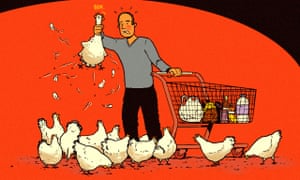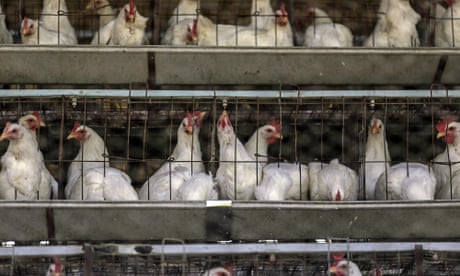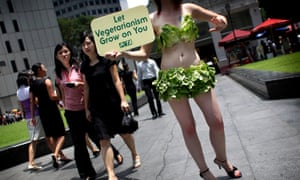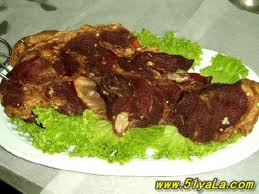By Girish Menon
Recently, I heard the story of somebody who was married for over 30 years and had a hostile spouse for an equivalent time period. This person it was revealed had no moments of intimacy from the outset but they performed the sexual act in a spirit of mutual need. The couple still retain their marital status and one of the partners told the other, ‘I will destroy you but not give you a divorce”.
On the other hand the courts in Mumbai receive over 3000 cases each month. The traditional Indian idea of a family is metamorphosing quickly and even rapidly catching up with the western world. My cousin has this quip,‘ While the Indian woman has changed the Indian male has failed to adapt to this change’.
From an economic point of view this increasing divorce rate is a good development. In this era when GDP growth is the altar that we are duty bound to worship, then more divorces mean an increased contribution to GDP growth. Every splitting couple will employ a minimum of two lawyers, they will need separate houses and their children will need some childcare. All of this creates economic opportunities and contributes to the GDP counter. Second marriages and divorces also further contribute to economic growth.
Among Malayalees the absence of ‘yogam’ is the catchall phrase used to explain away any failed marriage. In simple terms, it means the couple were not meant to be successful in marriage. This is a post hoc rationalisation akin to the use of the term destiny.
But is there a good predictive method for choosing a partner of longevity?
In economics, the process of mate selection could be looked at as an imperfect information problem. Horoscope matching, family compatibility, cultural similarity and many other factors have been used to establish the suitability of a partner. Unfortunately, none of them have proved sufficiently reliable. In true rational spirit modern couples have experimented with living together for long periods of time to overcome the imperfect information problem. However, anecdotal evidence seems to reveal marriage dissolution even among such couples. The reason could be the inability to predict and cope with unforeseen future events that hit every marital boat.
Fortunately, I have no advice to give in this matter. All that I have noted is the failure to observe Christian marriage vows ‘for better or for worse’ by many separating couples. However, even such vows are put to the test among long surviving couples; as an aunt remarked when my uncle retired, ‘I married him for better or for worse but not for lunch’.



 All animals that are grown for meat are raised, trucked and killed with
extreme cruelty. But man has taken unkindness to an art form. Let me
give you a list of the cruelest foods. I am sure I can give you at least
100, but let me start with ten.
All animals that are grown for meat are raised, trucked and killed with
extreme cruelty. But man has taken unkindness to an art form. Let me
give you a list of the cruelest foods. I am sure I can give you at least
100, but let me start with ten.